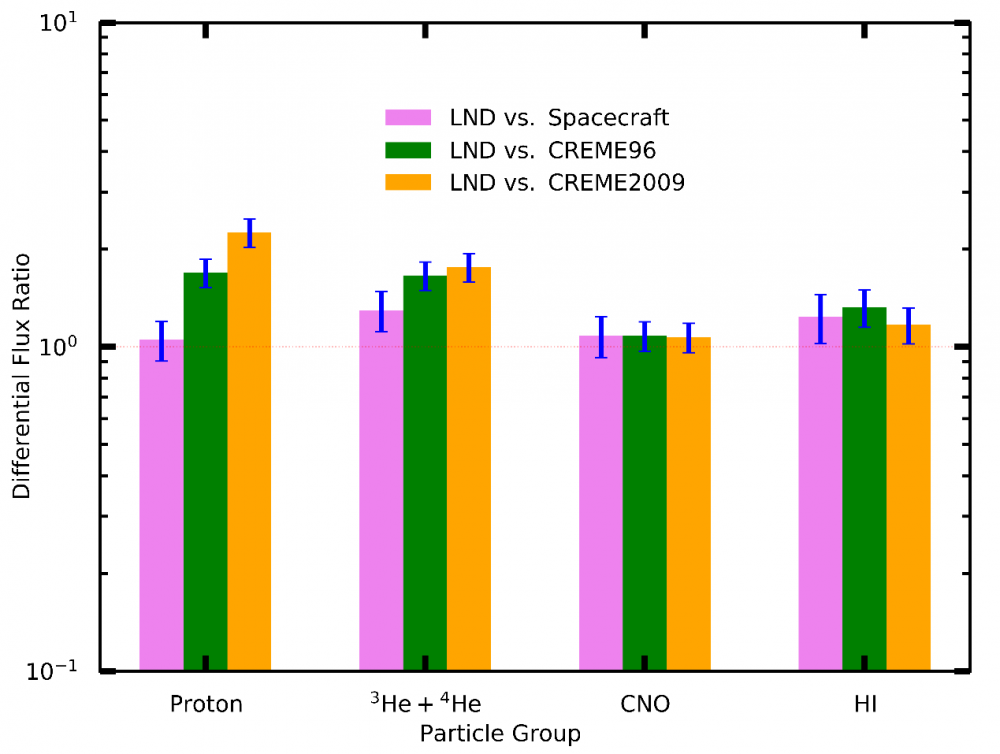The research team of the State Key Laboratory of Lunar and Planetary Science of Macau University of Science and Technology (MUST) has obtained the cosmic ray energy spectrum and flux on the lunar surface for the first time in the world based on the Chang'E-4 lunar neutron and radiation dose detector data. The research results were published on January 15, 2022 Beijing time under the title "First measurements of low-energy cosmic rays on the surface of the lunar farside from Chang'E-4 The first author of the paper is a member of the Australian Academy of Sciences. The first author of the paper is Dr. Pengwei Luo from the State Key Laboratory of Lunar and Planetary Science, MUST, and the corresponding author is Associate Professor Xiaoping Zhang


Cosmic rays strongly influence the space environment, and an in-depth understanding of the composition and energy spectrum of cosmic rays can help to better assess the radiation levels in the space environment, which is important for human deep space exploration activities. The research team systematically measured the low-energy cosmic ray proton, alpha particle, CNO and heavy ion spectra on the lunar surface during the 2019/2020 solar minimum. The data show that the low-energy cosmic ray spectra obtained from the lunar surface and from the solar-terrestrial L1 probe satellite are consistent. The observational data confirm the morning and evening symmetry of the cosmic ray fluxes, indicating that the effect of the lunar environment such as the magnetic anomaly zone on the cosmic ray fluxes in the Chang'e-4 landing area is negligible. The team also extracted the He isotope ratio and found a significant enhancement at ~12 MeV/nuc. The measured cosmic ray proton and alpha particle energy spectra are significantly different from the widely used CRÈME model predictions, challenging the cosmic ray transport model. These first in-situ measurements of the lunar surface cosmic ray spectra provide first-hand observations of the interaction between cosmic rays and the lunar surface and radiation protection during future manned lunar missions.

The State Key Laboratory of Lunar and Planetary Science of MUST has participated in the scientific data analysis of all the missions of the national Chang'e lunar exploration project and has continuously obtained new scientific results. At present, the laboratory researchers are conducting in-depth analysis of the Chang'e 5 lunar samples and the "Tianqin 1" Mars exploration data. At the same time, the researchers are actively participating in the scientific load development of the follow-up mission of Chang'e Project and the asteroid exploration mission of "Tianqin-2", providing strong scientific support for the national deep space exploration program and helping the development of national lunar and planetary science.
Link to the original article: https://www.science.org/doi/10.1126/sciadv.abk1760
